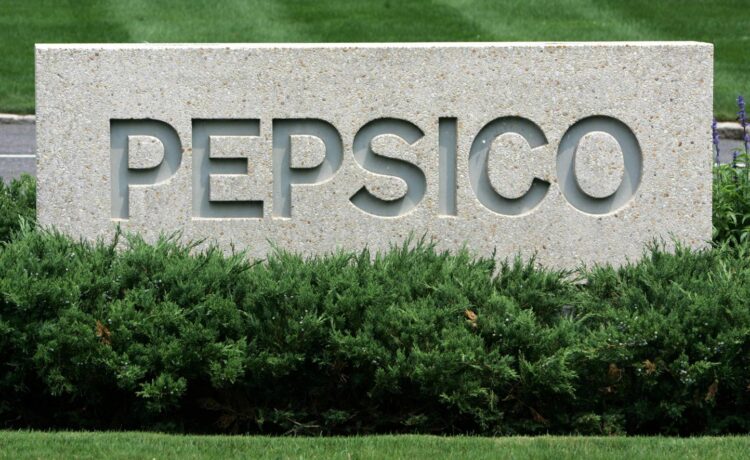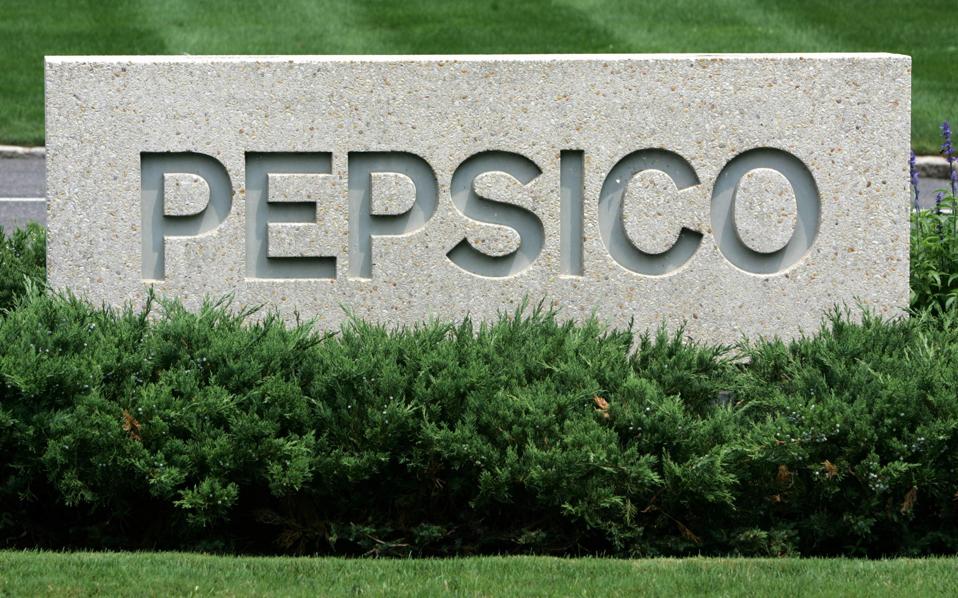Photo by Don EMMERT / AFP via Getty Images)
PepsiCo’s stock jumped 7% on July 17 after a robust Q2 earnings announcement. The company not only surpassed expectations but also reiterated its full-year forecast and presented plans to rejuvenate its North American business, which has faced challenges due to various elements, such as changing consumer preferences and the Quaker Oats recall.
Earlier this month, we pointed out PepsiCo as a more attractive investment compared to Coca-Cola, highlighting its lower valuation and the potential for a positive shift in its North American operations in the coming quarters. Given the recent favorable results and the following rise in stock price, the key question at this moment is: Is PepsiCo still a worthwhile investment at $145 per share?
We believe it continues to represent a strong investment, even after its recent increase. This conclusion is based on a thorough analysis comparing PepsiCo’s current valuation with its operational performance in recent years and its historical and current financial status. Our evaluation of PepsiCo across essential criteria—Growth, Profitability, Financial Stability, and Downturn Resilience—reveals that the company exhibits solid operational performance and financial health, with its valuation still appearing appealing. That being said, if you are looking for growth with lower volatility than individual stocks, the Trefis High Quality portfolio offers an alternative — having outperformed the S&P 500 and achieved returns exceeding 91% since it began. Additionally, see – RCAT Stock To $25?
How Does PepsiCo’s Valuation Compare to The S&P 500?
When considering what you pay per dollar of sales or profit, PEP stock is currently valued similarly to the wider market.
- PepsiCo has a price-to-sales (P/S) ratio of 2.0 compared to a figure of 3.1 for the S&P 500
- Moreover, the company’s price-to-free cash flow (P/FCF) ratio is 25.3 in contrast to 20.9 for S&P 500
- Additionally, it holds a price-to-earnings (P/E) ratio of 26.4 compared to the benchmark’s 26.9
How Have PepsiCo’s Revenues Increased Over Recent Years?
PepsiCo’s Revenues have increased slightly over the past few years.
- PepsiCo has experienced its top line grow at an average rate of 4.3% over the last 3 years (in comparison to an increase of 5.5% for S&P 500)
- Its revenues have decreased 0.3% to $92 Bil in the last 12 months (versus a growth of 5.5% for S&P 500)
- Furthermore, its quarterly revenues increased 1% to $22.7 Bil in the latest quarter from $22.5 Bil a year ago (as opposed to a 4.8% improvement for S&P 500)
How Profitable Is PepsiCo?
Even though moderate, PepsiCo’s profit margins are lower than those of most companies in the Trefis coverage universe.
Does PepsiCo Appear Financially Stable?
PepsiCo’s balance sheet appears healthy.
- PepsiCo’s Debt stood at $51 Bil at the end of the most recent quarter, while its market capitalization is $200 Bil (as of 7/17/2025). This results in a moderate Debt-to-Equity Ratio of 25.8% (compared to 19.4% for S&P 500). [Note: A low Debt-to-Equity Ratio is preferred]
- Cash (inclusive of cash equivalents) constitutes $8 Bil of the $105 Bil in Total Assets for PepsiCo. This results in a moderate Cash-to-Assets Ratio of 7.6%
How Resilient Is PEP Stock During A Downturn?
PEP stock has experienced an impact that was significantly better than the benchmark S&P 500 index during various recent downturns. Concerned about how a market crash might affect PEP stock? Our dashboard How Low Can PepsiCo Stock Go In A Market Crash provides a thorough analysis of how the stock performed during and after past strong market declines.
Inflation Shock (2022)
- PEP stock dropped 19.4% from a peak of $196.12 on 12 May 2023 to $158.08 on 12 October 2023, compared to a peak-to-trough decline of 25.4% for the S&P 500
- The stock is yet to bounce back to its pre-Crisis high
- The highest it has reached since is 183.11 on 16 May 2024 and currently trades around $145
COVID-19 Pandemic (2020)
- PEP stock declined 29.3% from a peak of $146.99 on 14 February 2020 to $103.93 on 20 March 2020, against a peak-to-trough drop of 33.9% for the S&P 500
- The stock fully recovered to its pre-Crisis peak by 29 December 2020
Global Financial Crisis (2008)
- PEP stock decreased 42.4% from a peak of $79.57 on 10 January 2008 to $45.81 on 9 March 2009, compared to a peak-to-trough fall of 56.8% for the S&P 500
- The stock fully recovered to its pre-Crisis high by 2 April 2013
Putting All The Pieces Together: What It Means For PEP Stock
In conclusion, PepsiCo’s performance across the metrics identified above is as follows:
- Growth: Neutral
- Profitability: Neutral
- Financial Stability: Neutral
- Downturn Resilience: Very Strong
- Overall: Good
Overall, PepsiCo shows a positive performance across these essential metrics. However, this strength is not entirely reflected in the stock’s current valuation, which seems low, making it an appealing investment prospect.
Even after its recent rise to $145, PepsiCo stock is trading at 18 times its trailing adjusted earnings of $7.87. This is significantly lower than its average price-to-earnings (P/E) ratio of 22 times over the past four years.
While it’s possible that investors are applying a lower multiple due to factors such as slimmer margins and previous sales difficulties in North America, we believe PepsiCo stock still provides an enticing entry point for investors with a 3-5 year investment outlook.
While PEP stock may present more potential for growth, you might consider the Trefis Reinforced Value (RV) Portfolio, which has surpassed its all-cap stocks benchmark (which includes the S&P 500, S&P mid-cap, and Russell 2000 benchmark indices) to yield strong returns for investors. Why is this the case? The quarterly rebalanced combination of large-, mid- and small-cap RV Portfolio stocks provided a responsive strategy to capitalize on favorable market conditions while minimizing losses when markets decline, as elaborated in RV Portfolio performance metrics.
Invest with Trefis Market-Beating Portfolios
See all Trefis Price Estimates



